that would not be good will it affect electricity as well? we should have been working on alternate power for not just internet and GPS but electricity as well..
Big Solar Storm Can Destroy Internet in 2025

Woosh! British astronomer Richard Carrington was observing the surface of the Sun through his telescope when he suddenly noticed something strange. There were two patches of very bright and white light. It’s 1859. People are outside, working on their farms, harvesting the fruits of their labor.
Life is different — more nature, less technology. Science is developing, not even a lightbulb is invented yet — it will be invented in 20 years, though. Back then the astronomer didn’t know he was looking at what would later be called the Carrington Event, the largest solar storm ever recorded. In fact, this was the first solar flare we’ve ever seen and reported! And there was so much going on!
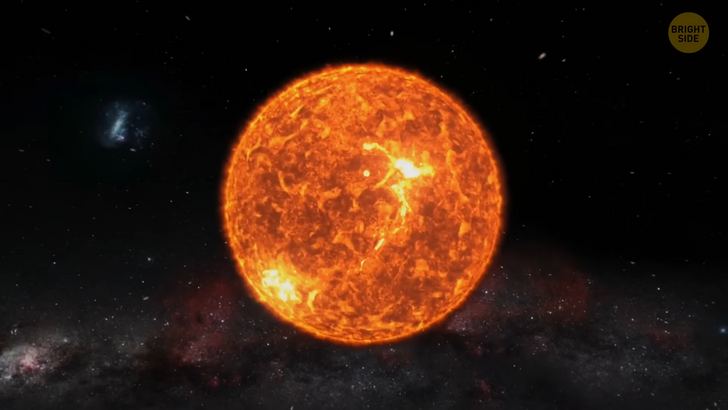
Auroras — the Southern and Northern lights — were just amazing. They have been more intense in that year than in the last 160 years from now. Auroras mostly appear near the Earth’s poles. But back then you could see these perfectly illuminated lights in the sky close to both the equator and the poles. They spread across the sky everywhere from Australia to Canada. If you happened to visit the tropics — like Panama, Jamaica, or Cuba — you could also see auroras.
It was spectacular — luminous waves were rolling up as far as the zenith and some were even big enough to cast a shadow on the ground. And the colorful displays were really bright! If you were in Missouri at that time, you could normally read a book by the atmospheric light even after midnight. The light was so strong that the gold miners that were in the Rocky Mountains just woke up, prepared their bacon and eggs, and made coffee without further questions.
They thought the sun had risen on a cloudy morning, even though it was 1 a.m. local time. But... This extremely strong solar outburst resulted in electrical disruptions from Boston to Paris too. And, the telegraph lines! There was so much electricity in the air, telegraph machines could send messages from Pittsburgh to New York without batteries. In Paris, even sparks flew from telegraph machines.
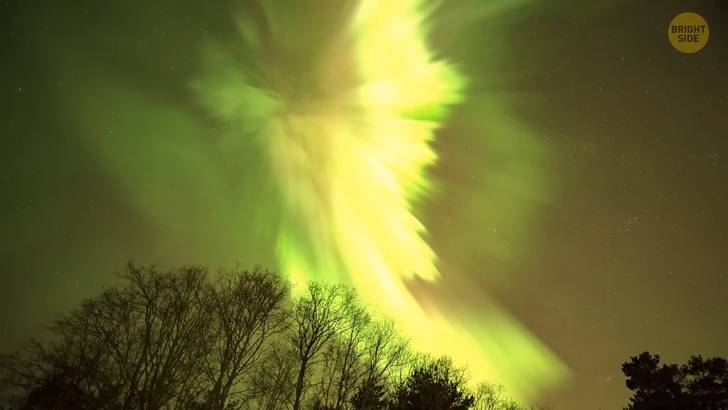
And now, fears are mounting that there’s another powerful solar storm coming in 2025. It could cause massive power cuts and blackouts as well as cut off internet access in entire communities — maybe even for months or years. Today we depend on electricity way more than we did back then. Not only when it comes to gadgets in our homes, but hospitals and other places where technology is simply necessary.
Electricity is essential even for food, as we need electricity to store it. We need it for our everyday things like work and communication. Another solar storm as strong as the Carrington Event could cause trillions of dollars of damage here on Earth. It would knock out power for up to 40 million people only in the United States — for a few years.
What are solar flares anyway? They are the biggest explosive events that happen in our solar system. So, magnetic energy builds up the Sun. BAM! When there’s an intense burst of that magnetic energy, that’s when the solar outburst happens. This throws off whole waves of energy that move and travel outward. Of course, it impacts other bodies in our solar system, including the Earth. And when these electromagnetic waves interact with the magnetic field of our home planet, a few things happen.
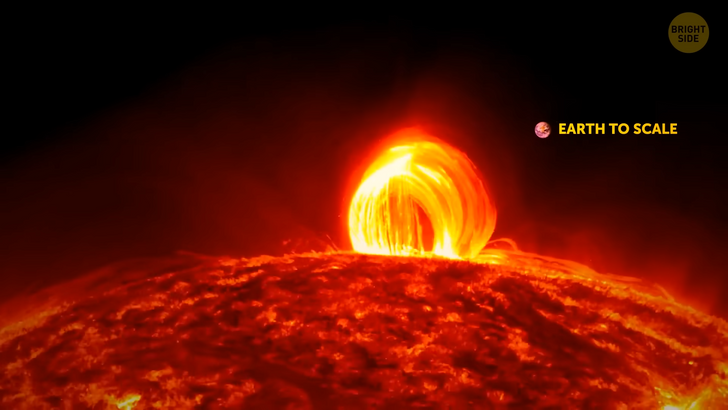
First what we get is that electric currents flow in the upper layer of our atmosphere. They heat the air. It’s like the Earth gets its own electric blanket. This is the stage where you can see stunning auroras over polar regions. But it’s also when GPS and radio signals get disrupted. As our atmosphere heats, it puffs up similar to a marshmallow. This adds more drag to satellites in low orbit. It means that as the atmosphere expands it’s pushing satellites back down to the surface of our planet. It also knocks small pieces of space junk off their course.
As strong electric currents flow through the Earth’s upper atmosphere, they affect strong currents that flow through our planet’s crust too. This can mess with electrical conductors that sit on top of the crust, like power grids. They make the network that carries electricity from generating stations to buildings and homes. And this results in power outages in certain areas — and these can be hard to fix.
For instance, this happened in Quebec in March 1989. A powerful solar flare burst off the Sun. Shortly after that, another burst sent out a billion tons of gas directly to our planet. People there experienced a 12-hour blackout. Only a couple of months later, in August, another solar flare burst towards our planet. It was even bigger than the one that occurred in March. It caused damage to microchips across the world and left Quebec in darkness once again.
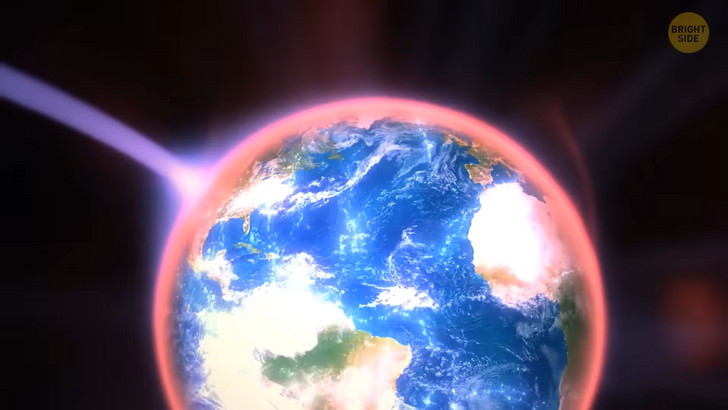
Flares can be more dangerous for the technology we have than for ourselves. In winter 2022, a solar storm knocked a fleet of over 40 Starlink mini-satellites out of orbit. Solar storms often happen at the same time when the Sun releases large bubbles of solar material we know as CMEs or coronal mass ejections. These bubbles can have billions of tons of plasma — which can move at millions of miles per hour.
That way, solar storms fire out radiation whereas CMEs are plasma eruptions. CMEs and solar flares discharge particles and radiation. As they hit the upper part of Earth’s atmosphere, they form radio waves. We call them geomagnetic storms. They form new currents and add energy into electrical grids that are usually passive. This way they threaten to overload them.
Take electricity that’s coming out of your wall plug as an example. It changes back and forth by about 50 hertz, depending on the country you live in. Radio waves usually broadcast about 85-105 million hertz. Gamma rays and X-rays have frequencies of up to 50 quintillion hertz. Solar radiation is the same one your phone uses for power, only a couple of billion times stronger and kinda out of control.
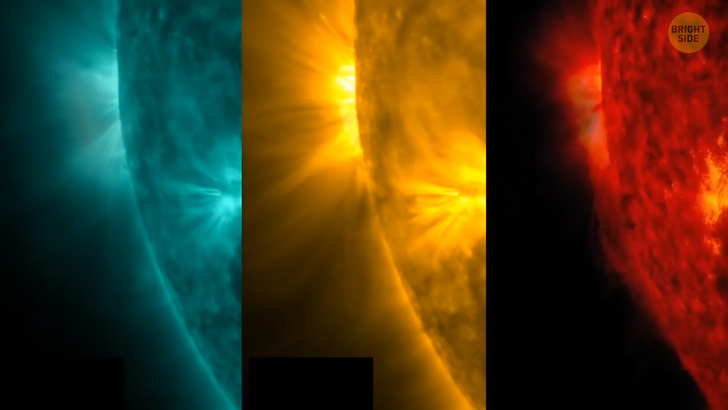
Researchers believe a powerful solar storm might hit us in 2025. These storms get to their peak — which, by the way, can turn pretty violent — every 11 years. We mostly get lucky because they bypass us. But we can’t expect our good fortune to last forever. Now we have about a 2-3 percent chance for a Carrington-level event to happen in this decade. The shorted electric grid wouldn’t be only a one-time loss. It would take us up to 10 years to recover from something like that. That way, humankind might be set back by nearly 20 years if it happens.
All those particles wildly bursting around could cause damage to our satellites. We could lose communications that way. No TV, internet, or GPS. We’d be dealing with very, very strong radiation. There’s a possibility people would face some long-term issues because of that. What could such an amount of solar radiation do to our DNA?
Especially to those that are not protected by the magnetic field of our planet, like astronauts. Humankind can try to protect the internet against the next enormous solar storm. The first thing we can do is to shore up power grids, undersea cables, and satellites against being overloaded. And we can look for methods of predicting such storms in the long term.

That’s hard because these storms have been happening for millions of years, and we’ve been able to record them for less than a century. Plus, the technology these storms affect is only two decades old. At the moment, we can observe the activity of sunspots, which are black patches on the solar surface that tell us it’s the area with high plasma activity.
And by checking them, we can predict solar storms up to two days before they strike our planet. But we can’t track them the way we follow hurricanes. Hopefully, we’ll be more ready by 2025. To avoid an internet-less future... Although, it would be cool to take a break from social media, don’t you think?
Comments
Related Reads
Bright Siders Shared 20 Eerie Things Children Said That Sent Chills Down Their Spine

12 Moments That Inspire Us to Stay Kind, Even If Life Feels Impossible

My BFF Invited Me to Her Baby Shower, It Turned Into My Worst Nightmare

My Mom Ignored Me for Years, Then Suddenly Begged Me for Help

16 Moments That Remind Us to Stay Kind Even If the World Turns Ice Cold

My Mom Tried to Force Me to Name My Baby After Her, the Truth Still Haunts Me

12 Stories That Prove Kindness Is Not Weakness, It’s Quiet Strength

My Family Says I’m Not a Real Mom Because of How My Baby Was Born

14 People Who Walked Straight Into Awkward Moments

15+ Raw Stories About Jealousy That Can Leave You Speechless

I Refused to Beg My DIL for Forgiveness—Then Suddenly She Needed Me

I Refuse to Obey My Pregnant DIL’s Demand to Turn a Merry Christmas Into a Vegan One
